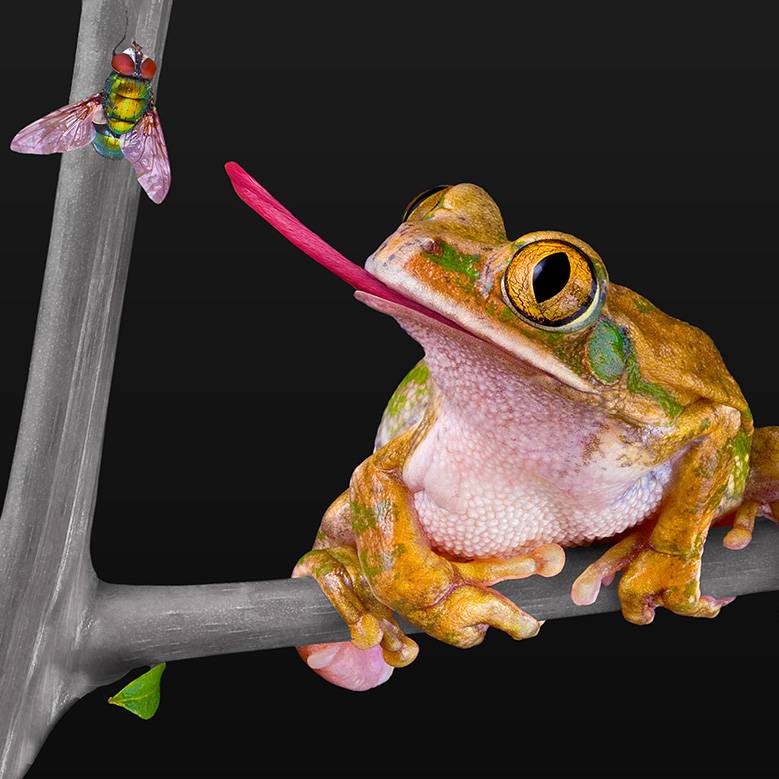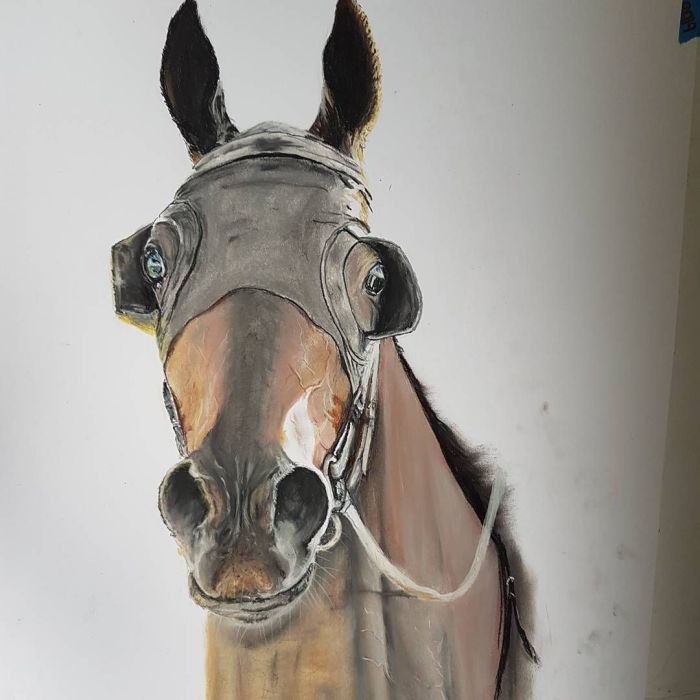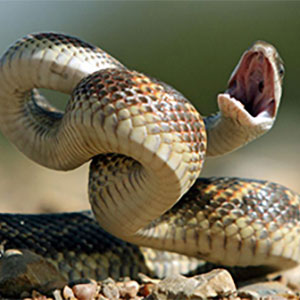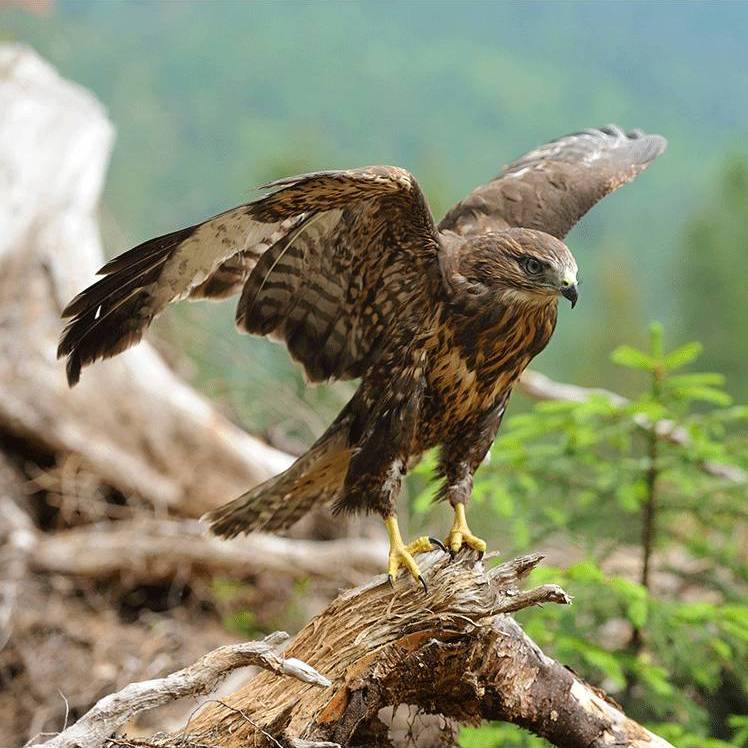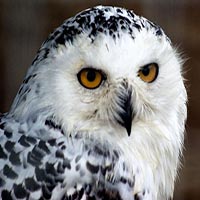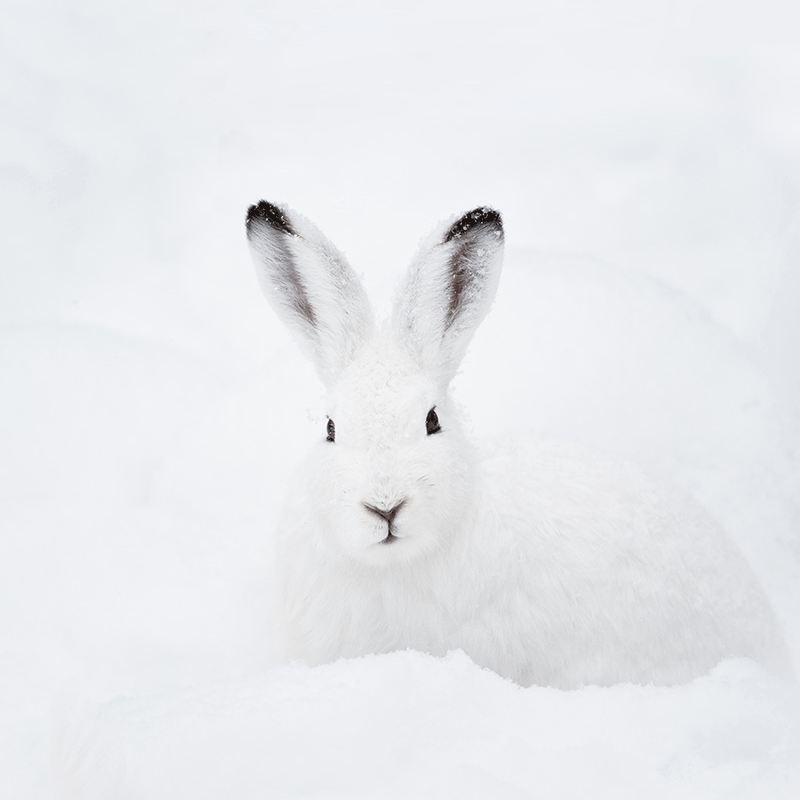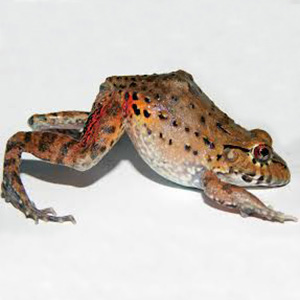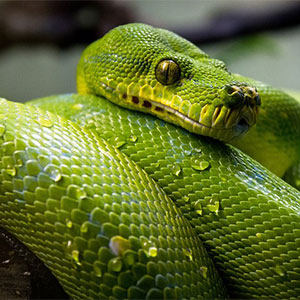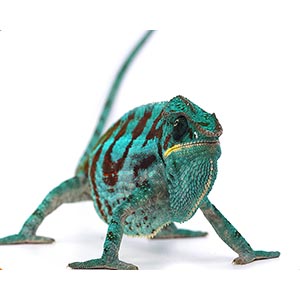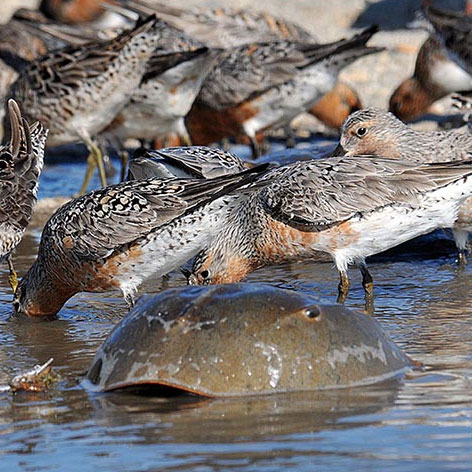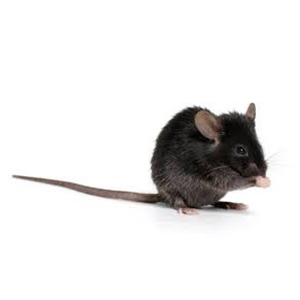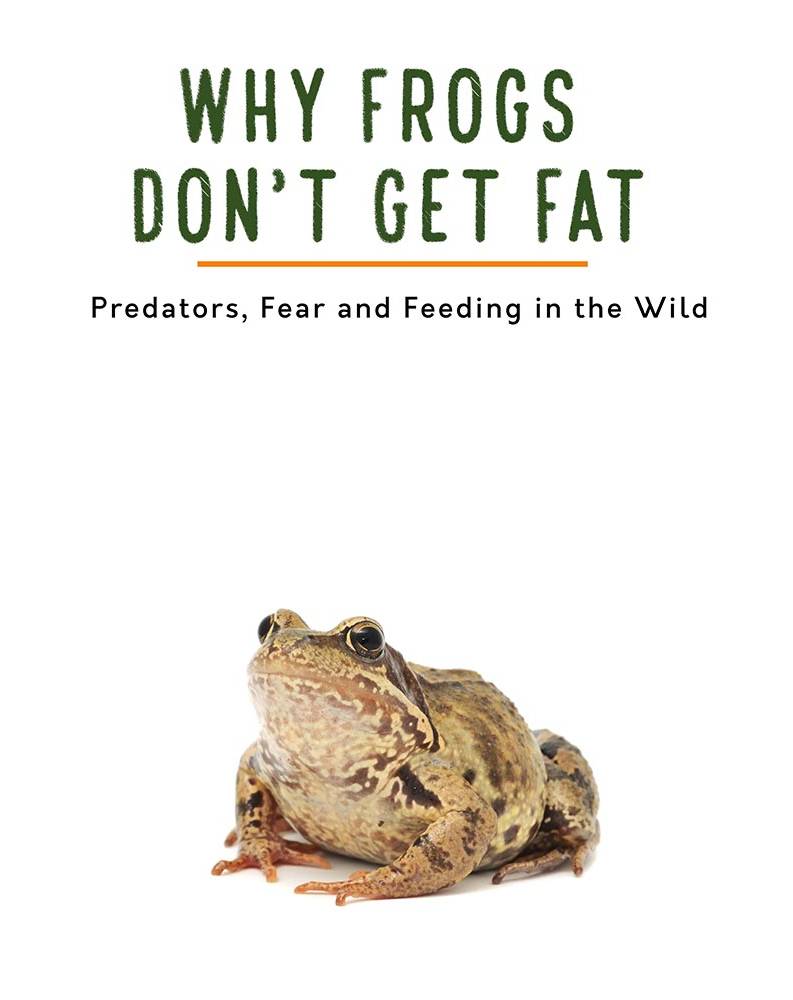
Imagine that it is the middle of the night, and you are surrounded by predators—on all sides, everywhere. You think that you can hear them, maybe even smell them. but It is dark, and you can't see them. Are they close or far away? You think that you can see their eyes, but they keep moving. Did they see you?
What would you do? Would you hide? Or run? Or freeze? What if you hadn't eaten all day, and you needed to search for food? Would you settle for the easiest food that you could find, even if it wasn't very good? Or would you spend more time searching for food, risking everything?
These are the situations most animals are faced with every day, effecting everything that they do. Especially how, where, and when they eat. While prey animals eat, they let their guard down becoming vulnerable to being caught and eaten themselves.
In this exhibit we examine what it's like to live in the real world of nature, and to be faced with finding food when everywhere you turn there is something that might eat you. Predators can make animals very nervous and scared influencing the behaviors necessary for survival. Similarly, the changes that happen when we are scared and nervous effects how, what, and where we eat.
This online exhibition is an adaptation of an one that was on display at the Museum of Texas Tech Univeristy November 2019 through February 2019. The exhibition focuses on the work of James Carr, professor, Breanna Harris, research assistant professor, and Peter Keyel, assistant professor all in the Department of Biological Sciences. The exhibit is funded by the National Science Foundation IOS # 1656734.
Animals that hunt and eat plants and animals are called predators. To maintain the energy to run, jump, migrate, and reproduce, predators eat other animals (known as prey). The protein, sugars, and fats of the prey animal are digested and used as energy to run the body of the predator.
Predators may be very good at hunting certain kinds of animals (specialists) or may be able to catch lots of different animals to eat (generalists). Some types of predators, like a cheetah or lion, can run and jump quickly to catch their prey. Other predators, like crocodiles, sit and wait for unsuspecting prey to accidentally roam along.
Prey animals have evolved their own strategies for maximizing defenses against becoming food for other animals. Many animals can blend in with their background so that they are not seen.
No matter how young or old, we all have experienced anxiety and fear. Say you are watching a scary movie, and you are entirely focused on every sound and image on the TV. Subtle cues in the music or images can give you the sense that something may happen soon. This is anxiety—for example, the music that accompanies the Wicked Witch of the West in the “Wizard of Oz”. When the wicked witch finally appears, you may experience a different emotion called fear. You may choose to hide from the TV, leave the room until the witch leaves, or hide under the couch (as one of the authors of this exhibit did when they were a child). Prey animals experience anxiety and fear on a daily, and sometimes minute by minute, basis resulting from constant exposure to predator cues or predators themselves.
Sometimes it seems that being nervous (anxiety) or scared (fear) are the same thing. While fear and anxiety are processed by many of the same brain areas, they also differ in important ways that depends upon the proximity of the predator. The behavioral responses of prey animals to both predator cues or the predator itself may also differ and include freezing, immobility, or escape.
Museum of Texas Tech University
-
Address
3301 4th Street, Lubbock, TX 79415 -
Phone
806.742.2490 -
Email
museum.texastech@ttu.edu

